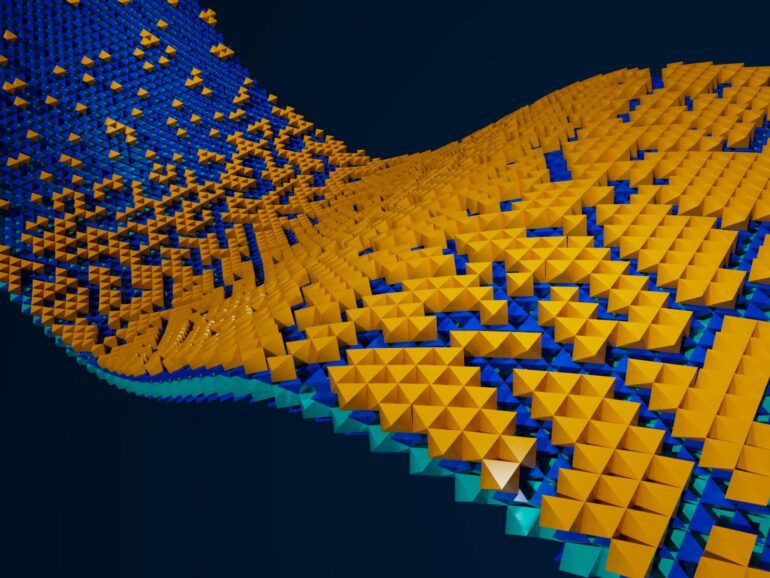TL;DR:
- Materials science faces challenges in understanding atomic-scale behaviors.
- Traditional techniques like neutron scattering are resource-intensive.
- A team at SLAC Lab employs neural implicit representations for breakthroughs.
- Their approach uses coordinates as inputs, enabling precise data interpretation.
- The model accelerates data understanding, aiding researchers in real-time.
- This innovation transforms experiment processes and opens new research avenues.
Main AI News:
In the dynamic realm of materials science, researchers grapple with the formidable task of unraveling the intricate behaviors of substances at atomic scales. Techniques such as inelastic neutron or X-ray scattering have undeniably provided invaluable insights. However, these methods, while powerful, are often resource-intensive and laden with complexity. The limited availability of neutron sources, coupled with the need for meticulous data interpretation, has long acted as a bottleneck in the progress of this field. But a groundbreaking approach, harnessing the potential of neural implicit representations, has emerged as a beacon of hope, transcending conventional methods.
In the past, efforts to leverage machine learning in materials research predominantly revolved around image-based data representations. However, the team at the Department of Energy’s SLAC National Accelerator Laboratory has boldly charted a new course. Their innovative approach employs coordinates as inputs, reminiscent of points on a meticulously crafted map, predicting attributes based on their precise spatial positions. This novel method not only unlocks a recipe for interpreting the data but also enables detailed predictions, bridging the gap even between data points. This innovation proves to be exceptionally effective in capturing the most nuanced intricacies within quantum materials data, presenting a promising avenue for research within this domain.
At the heart of the team’s motivation lies the aspiration to unveil the underlying physics of the materials under scrutiny. Researchers have long grappled with the challenge of sifting through massive data sets generated by neutron scattering, of which only a fraction is truly pertinent. The new machine learning model, honed through thousands of simulations, possesses the remarkable ability to discern minute differences in data curves—details that may elude even the sharpest human eye. This groundbreaking method not only accelerates the understanding of data but also extends an immediate helping hand to researchers as they collect data—a feat previously considered unattainable.
The true measure of this innovation’s prowess lies in its capacity for continuous real-time analysis. This capability has the potential to reshape the very fabric of how experiments are conducted at esteemed facilities such as SLAC’s Linac Coherent Light Source (LCLS). Traditionally, researchers relied heavily on intuition, simulations, and post-experiment analysis to chart their next steps. With this innovative approach, researchers can now pinpoint precisely when they have amassed enough data to draw conclusions, streamlining the entire experimental process.
The model’s adaptability, often referred to as the “coordinate network,” stands as a testament to its potential impact across a myriad of scattering measurements involving data as a function of energy and momentum. This newfound flexibility flings open the doors to a wide array of research possibilities within the field of materials science. The team aptly emphasizes how this cutting-edge machine-learning method promises to expedite progress and streamline experiments, ultimately paving the way for an array of exciting prospects in the world of materials research.
Conclusion:
The utilization of machine learning, specifically the innovative neural implicit representation approach, is poised to disrupt the materials research landscape. This breakthrough not only accelerates data interpretation but also streamlines experimentation, promising significant advancements in materials science and offering exciting prospects for the market by reducing resource-intensive processes and expediting discoveries.

